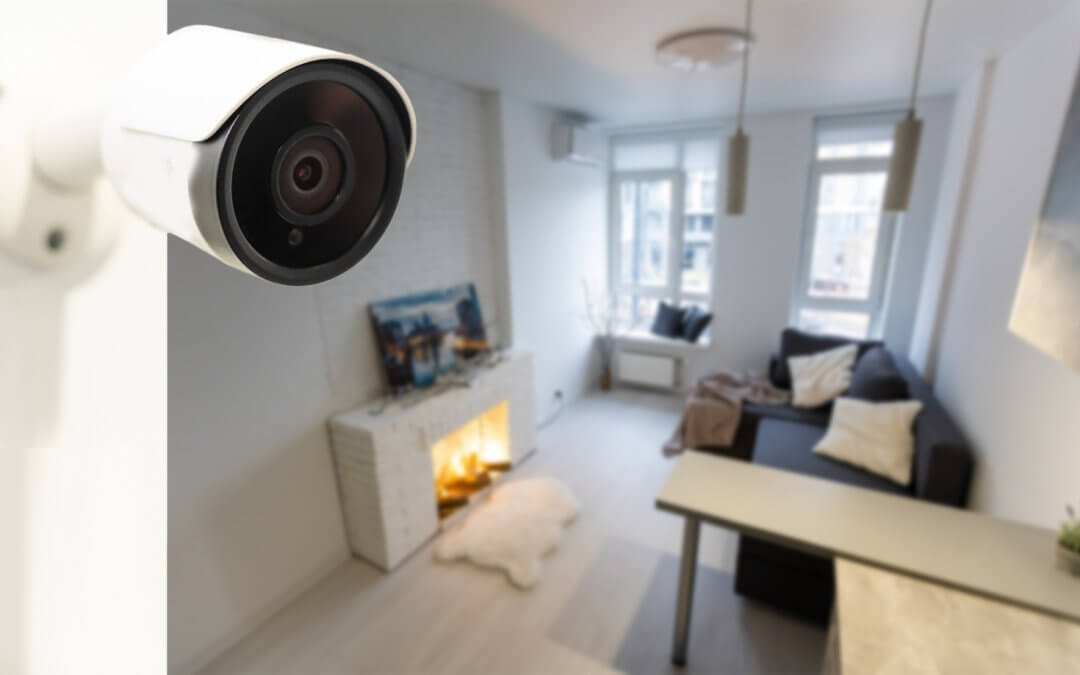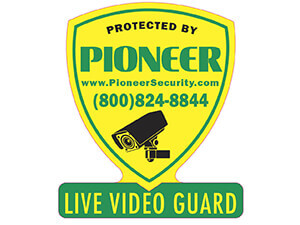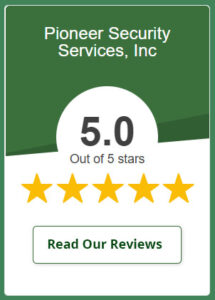Residential and apartment monitoring refers to the use of professionally managed security systems that combine cameras, alarms, sensors, and real-time surveillance to protect people and property. These systems are designed not only to detect intrusions but also to deter threats, reduce emergencies, and provide peace of mind for families and communities.
The FBI reports that in 2022, there were an estimated 6,513,829 property crime offenses in the U.S., with burglary accounting for approximately 13.8% of those incidents. Since burglary typically happens at homes, this underscores how vulnerable residential properties remain, even though the FBI’s release doesn’t separate residential from nonresidential burglary data.
In today’s world, monitoring does more than sound an alarm. With AI-powered cameras detection, live video guards, mobile app integration, and 24/7 professional oversight, monitoring improves safety by preventing crime before it starts and responding quickly when emergencies occur.
In this blog, we’ll break down the key ways residential and apartment monitoring create safer living environments.
Why Monitoring Matters for Homes and Apartments
Monitoring is vital for keeping homes and apartments safe from growing security risks.
- Growing risks for families and residents: Burglary, vandalism, package theft, and unauthorized access remain common threats. Apartments face risks in shared spaces, while unmonitored homes are easy targets when empty.
- Role of monitoring in reducing everyday threats: Monitoring adds proactive defense. Cameras, sensors, and live operators detect and respond to suspicious activity in real time, unlike passive alarms.
Why are safety solutions a rising priority?
With more people living in cities and apartments, demand for monitoring is rising. Residents want systems that prevent crime, not just react after it happens.
Strong Crime Prevention at the Front Line
Monitoring works as the first defense by making crime less likely before it happens.
1. Visible cameras that deter intruders
One of the most immediate benefits of residential monitoring is deterrence. Criminals are far less likely to target properties with visible cameras and surveillance systems. A study from the Urban Institute showed that neighborhoods with visible security technology experienced fewer break-ins.
2. Reducing burglary and vandalism risks
By making surveillance visible, monitored systems lower the chances of burglary, vandalism, trespassing, and even package theft. In apartments, this applies to shared areas such as lobbies and parking lots.
3. Studies linking surveillance with lower crime rates
Data consistently shows that when potential criminals know they are being monitored, they tend to move on to easier, unmonitored targets. This makes monitoring an effective first line of defense for both apartments and homes.
Real-Time Human Response
Live video surveillance adds a human voice that can stop intruders before damage is done.
1. Guards speaking through live video systems
Modern systems often include live video guards who can directly address trespassers using two-way voice communication. For example, a guard can issue a verbal warning like, “This property is under surveillance; leave immediately.”
2. Preventing break-ins before they start
This proactive engagement is often enough to stop intruders in their tracks. Criminals typically do not expect to be confronted and retreat once they realize they are under active watch.
How does two-way audio change criminal behavior?
Traditional alarms notify homeowners after the break-in, but monitored two-way systems intervene before damage occurs. The human element creates unpredictability that discourages criminal behavior.
Protection Around the Clock
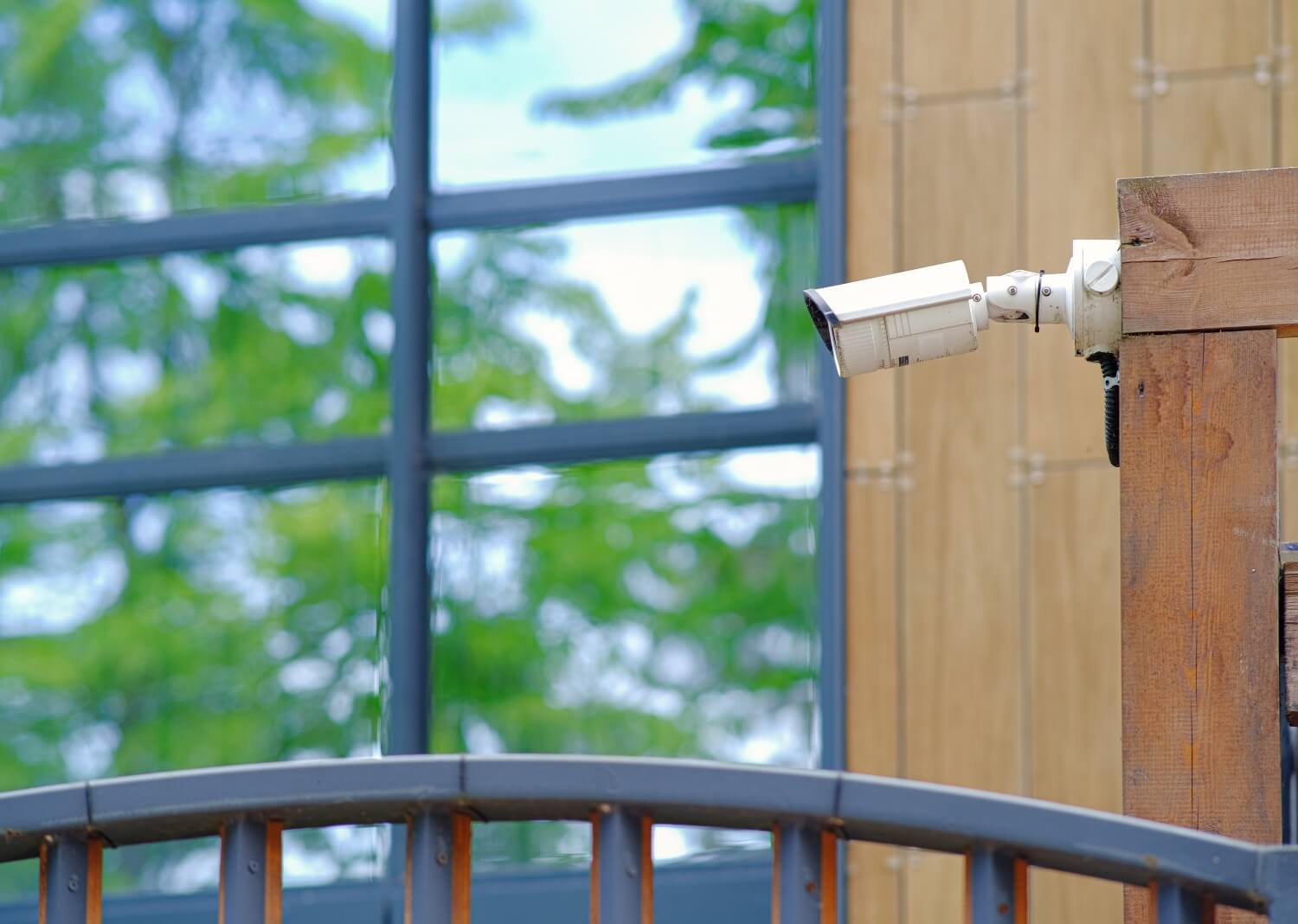
Round-the-clock monitoring keeps homes and apartments protected at all times.
- 24/7 surveillance for continuous coverage: One of the greatest strengths of monitoring is its ability to provide nonstop security. Whether it’s the middle of the night or during work hours, professional operators are always watching.
- Keeping property safe when residents are away: For families who travel frequently or leave their homes unattended during the day, 24/7 monitoring ensures protection even when no one is there.
- Peace of mind for families and communities: This constant oversight reassures residents that their loved ones and property are safe, whether they are at home or away.
Faster Emergency Help
Quick emergency alerts from monitoring systems can make the difference between safety and profound loss.
- Immediate alerts to police and fire responders: When a verified incident occurs, monitoring centers contact the appropriate emergency services immediately.
- Why does a faster response reduce harm and loss: The National Institute of Standards and Technology (NIST) found that modern house fires can reach flashover in as few as 3 to 4 minutes, making rapid detection and response critical. Monitored alerts significantly reduce both damage and danger to residents.
- Data on response times and safety outcomes: Because humans verify alerts from monitored systems, police and fire departments take them seriously. This leads to quicker response times compared to unverified alarms.
Cutting Down False Alarms
Monitoring reduces false alarms by confirming real threats before alerting authorities.
- Human verification before calling authorities: Monitoring agents check live feeds or sensor data before alerting authorities. This ensures that alarms caused by pets, faulty equipment, or weather do not trigger unnecessary emergency responses.
- Reducing unnecessary police dispatches: This reduces wasted resources for local law enforcement, who often face repeated false calls from unmonitored alarms.
- Avoiding fines and saving resources: Many municipalities fine homeowners for repeated false alarms. With professional monitoring, families and property managers save money while keeping their systems accurate.
Safety Inside the Home
Monitoring also protects against dangers inside the home, not just intruders.
- Monitoring for smoke, fire, and carbon monoxide: Security monitoring also includes environmental safety. Smoke detectors, carbon monoxide sensors, and flood alerts can trigger immediate responses that protect lives.
- Protecting children, the elderly, and vulnerable residents: For families with elderly relatives or small children, monitoring provides added assurance. If an emergency occurs, help is summoned quickly, even if residents cannot respond on their own.
- Preventing medical emergencies with early alerts: In medical situations like falls, monitored systems with emergency buttons ensure rapid assistance for those who need it most.
Smarter Living with Technology
Innovative security tools and apps make monitoring easier and more convenient for residents.
- Remote access through mobile apps: Homeowners can control their entire system from their phones. This includes arming and disarming alarms, viewing live video, and receiving instant alerts.
- Smart locks, cameras, and alarms working together: Integration allows multiple devices to work seamlessly. For example, a motion sensor can trigger both a camera recording and an alert to the homeowner’s phone.
- Making security easy and convenient for users: Even though the systems are advanced, mobile apps and simple dashboards make them user-friendly for residents of all ages.
Secure Apartment Access Points
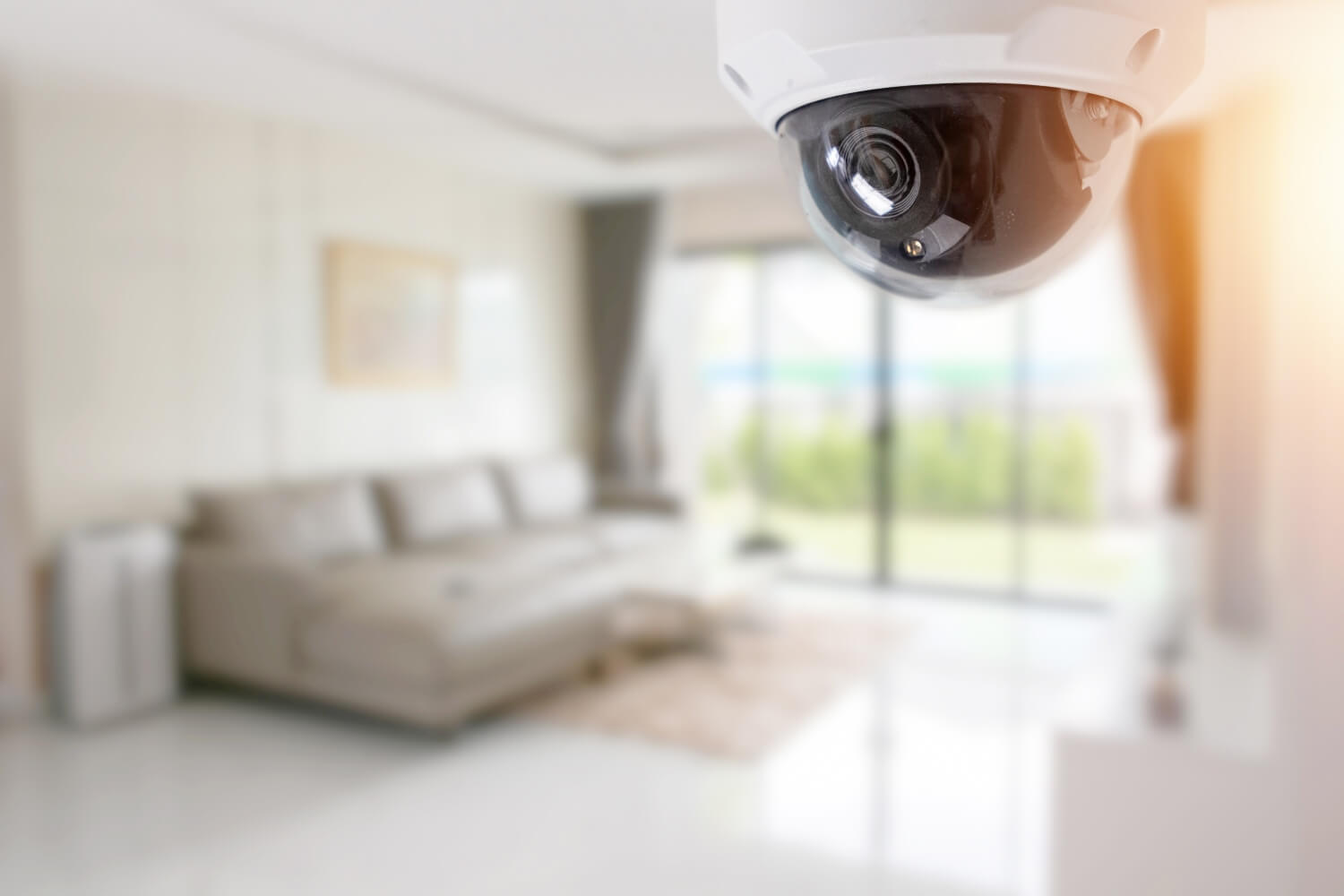
Monitoring shared entryways and parking areas helps keep apartment communities safer.
- Monitoring entry gates, lobbies, and elevators: Shared spaces in apartments are common points of entry for unauthorized visitors. Monitoring these areas keeps residents and property safer.
- Preventing trespassing and package theft: Cameras and live surveillance reduce issues like trespassing or stolen deliveries, two of the most frequent complaints in apartment complexes.
- Managing who enters and exits shared spaces: Access control and video monitoring help property managers oversee who enters and leaves the premises.
Building Safer Communities
Widespread monitoring across complexes lowers crime and improves community safety.
- Shared monitoring for multi-unit housing: When entire complexes adopt monitored systems, every resident benefits from the additional protection.
- Reducing crime across entire complexes: Criminals are less likely to target a building when they know multiple surveillance points exist.
- Creating safer environments for residents: This shared safety builds trust among neighbors and increases the overall quality of life in the community.
Savings and Insurance Advantages
Monitored systems can save money through lower premiums and reduced property losses.
- Lower premiums for monitored properties: Insurance companies frequently offer lower premiums for homes and apartments with monitored security systems, as these properties carry less risk.
- How insurers view verified alarm systems: Because human verification reduces false alarms, insurers view monitored systems as a more reliable form of protection.
- Long-term financial benefits of monitoring: Savings from lower premiums and reduced property loss often offset the cost of monitoring, making it a wise financial decision.
Useful Evidence After an Incident
Recorded footage from monitoring systems provides valuable proof after a crime or emergency.
- Clear video recordings for investigations: If a crime does occur, recorded footage provides police with clear evidence that can speed up investigations.
- Supporting insurance claims with proof: For homeowners and apartment residents, video documentation helps verify insurance claims, reducing delays or disputes.
- Increasing chances of catching suspects: Video footage often provides details that lead to arrests, making neighborhoods safer overall.
Flexible Options for Different Needs
Monitoring solutions can be tailored to fit both single homes and large apartment complexes.
- Custom systems for single homes: Single-family homes may only need a few strategically placed cameras and motion sensors.
- Apartment complexes needing layered protection: Larger properties often require multiple layers of protection across shared and private spaces.
- Balancing safety features with budget: Monitoring services can be scaled to meet different needs and budgets, making them accessible to families and property managers alike.
The Value of Residential and Apartment Monitoring
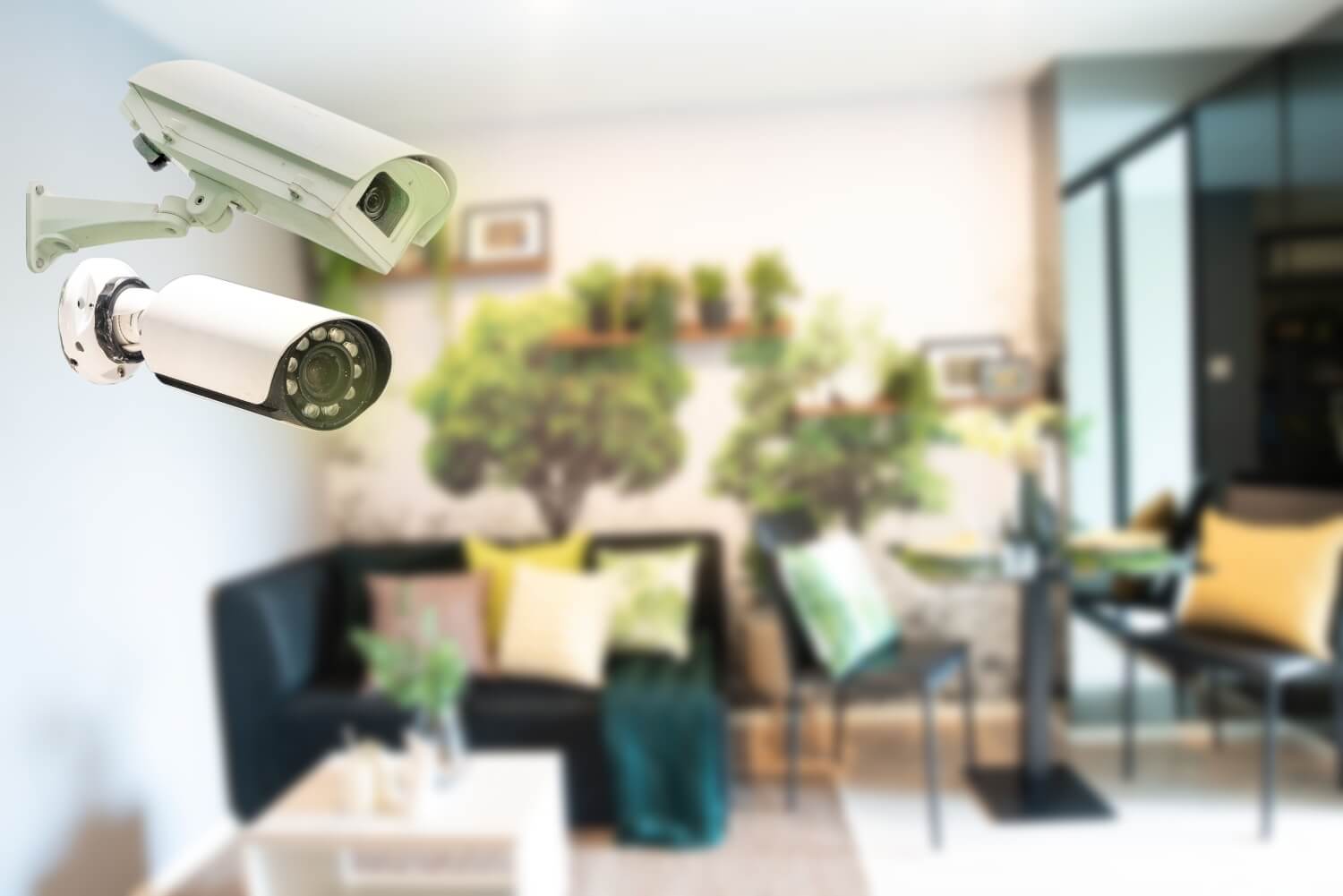
Residential and apartment monitoring is more than just a security upgrade; it’s a smart investment in safety, community well-being, and peace of mind.
By combining advanced technology with professional oversight, monitoring helps prevent burglaries, reduces emergencies, and ensures faster response when seconds matter.
Families, property managers, and entire communities benefit from systems that not only detect threats but also actively deter them. Most importantly, monitoring delivers confidence, knowing your loved ones and property are protected 24/7.
If you’re ready to take the next step in securing your home or apartment, contact Pioneer Security Services today for a customized monitoring solution that fits your needs and budget.
Frequently Asked Questions
Do monitoring systems really prevent burglaries?
Yes. Studies show that homes and apartments with visible, monitored security experience fewer burglary attempts compared to unprotected properties.
Is professional monitoring better than self-monitoring?
Professional monitoring ensures 24/7 coverage and rapid response, while self-monitoring depends on the resident being available at all times.
Can monitoring help reduce fire risks?
Yes. Monitored smoke and carbon monoxide detectors provide early alerts, giving residents more time to escape and responders more time to act.
Are monitored systems affordable for apartments?
Yes. With modern AI and centralized monitoring centers, apartments can access cost-effective solutions that protect entire communities without the expense of full-time security guards.
Can monitored systems work with smart home devices?
Absolutely. Many modern monitoring systems integrate with smart locks, cameras, and mobile apps, allowing residents to manage security and convenience from a single device.

